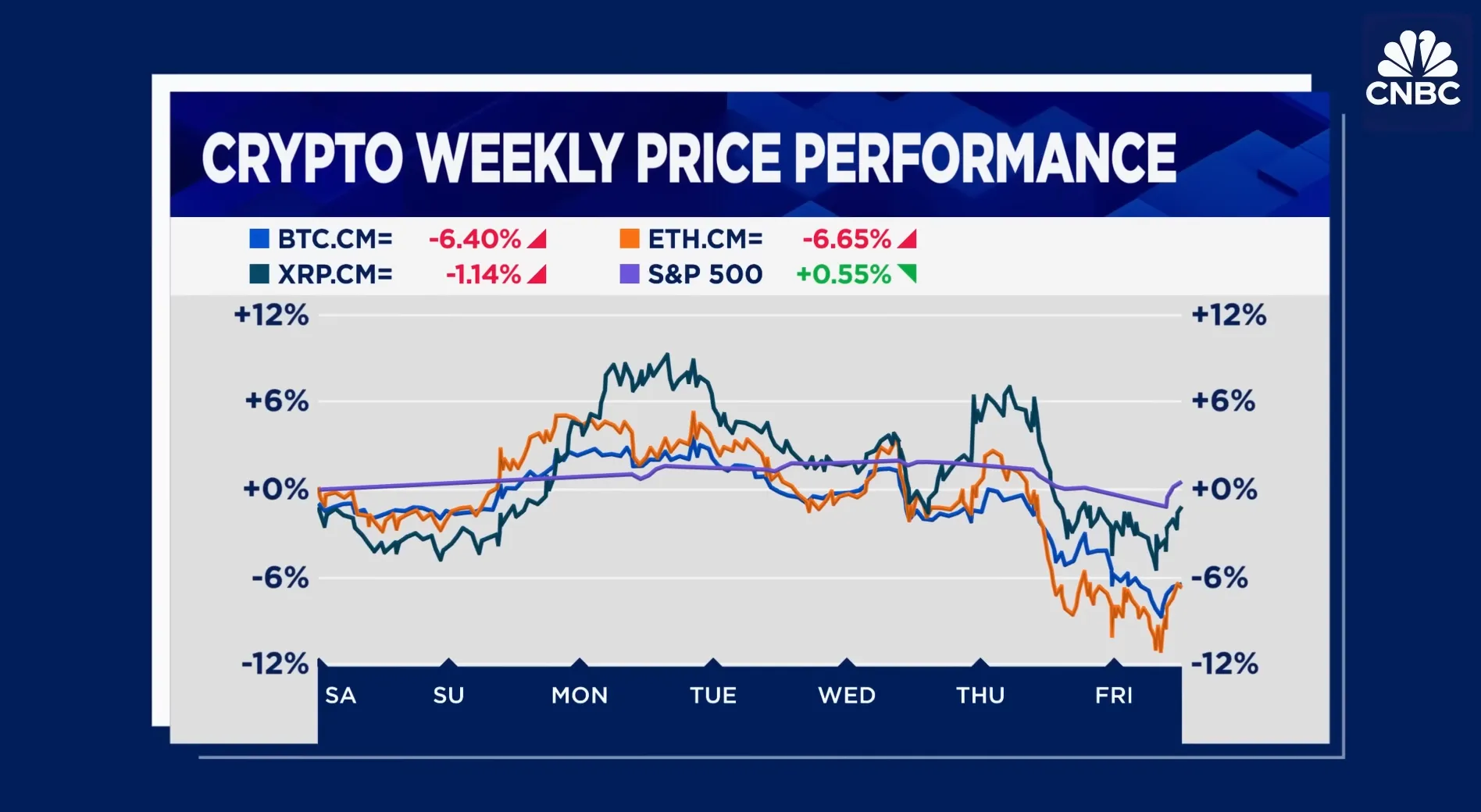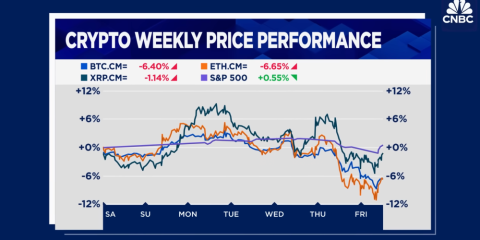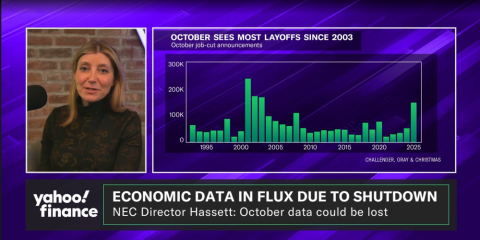Bitcoin's Wild Ride: What's Happening and Where It's Headed
 Keegan
Keegan
1. Bitcoin's Current Price & Market Pulse
Right now, Bitcoin's trading around $96,000—a far cry from its October highs. Things got intense fast: On October 6, it smashed through $126,000, setting a new record that had everyone buzzing. But that high didn't last. Just five days later, on October 11, prices nose-dived 13% to $105,900. That single day wiped out 1.6 million leveraged positions, racking up a staggering $19.3 billion in losses. Things got even rougher by November 5 when it dipped below $100,000, hitting $95,000—the lowest since June. As of November 15, it's still bouncing between $95,000 and $100,000, down about 23% from its peak.
What's really telling? The market cap sits at roughly $2.24 trillion, but long-term holders on the blockchain have shrunk to just 12.45 million BTC—the lowest since mid-2022. Volatility's also dialed way back compared to Bitcoin's wilder days, which honestly feels like a sign it's maturing. This isn't your 2017 crypto carnival anymore; institutions are calling the shots now.
2. Why the Crash? Three Real Reasons
Let's cut through the noise—this wasn't just random panic. Three big forces collided:
-
Macro pressures hit a breaking point: Everyone was banking on a Fed rate cut in December, but then some officials got cold feet about inflation creeping back. Suddenly, "higher for longer" talk dominated, spooking investors. Throw in Wall Street's AI-driven trading frenzy—cloud stocks tanked, tech valuations looked shaky, and those quant algorithms all piled into shorting Bitcoin at once. Oh, and don't forget the messy aftermath of that six-week government shutdown; even though it's over, the fiscal uncertainty still haunts risk assets like Bitcoin.
-
Bitcoin's own house of cards collapsed: Leverage was sky-high, and when prices slipped, it triggered a domino effect. On November 5 alone, over $2 billion in futures got liquidated—80% were long positions, fueling a vicious cycle. Meanwhile, the big players shifted gears: major "whales" started moving funds to Ethereum, some institutions trimmed their holdings, and ETFs saw short-term outflows. It felt like the market was cleaning house.
-
The four-year cycle myth took a hit: Remember how everyone swore by Bitcoin's predictable four-year bull runs? Well, the January 2024 ETF approval threw a wrench in that theory—it pulled forward what should've been 2025's gains, leaving momentum flat. Plus, with Bitcoin's market cap now at $2 trillion, massive 30-50% swings just aren't as likely. The market's grown up, and that changes everything.
3. Expert Takes: Saylor vs. Klippsten

Not all analysts are singing the same tune. Here's how two heavyweights see it:
-
Michael Saylor (MicroStrategy CEO): He's actually chill about the current dip—he called the leverage purge "healthy" and said he's comfortable holding at these levels. Long-term? Still bullish as ever, betting Bitcoin will outperform gold and the S&P 500. But he's dialed back his $150K year-end target because, frankly, the macro picture got too messy to call.
-
Cory Klippsten: He's convinced the old four-year cycle is dead—ETFs changed the game entirely. For 2025, he thinks we could bounce back to $126K by year-end, but the real story's 2026: he gives it over 50% odds of hitting new highs, especially if institutions keep ramping up their allocations. Bottom line? It's not about hype anymore—it's about real money flowing in.
4. Ripple Effects: Beyond Bitcoin
This shakeup isn't happening in a vacuum—it's reshaping the whole landscape:
-
For investors: Leveraged traders got burned hard (no surprises there), but for the rest of us, this pullback is a rare chance to build positions. Institutions? They're playing it cool—using the volatility as a buying opportunity while retail panics.
-
Across crypto: Stablecoins are becoming the go-to "digital dollars" on-chain, smoothing out wild swings. And yeah, Bitcoin's dominance took a small hit as money flowed into Ethereum and other chains—but that's healthy competition, not a death knell.
-
In traditional finance: Bitcoin's slowly shedding its "speculative toy" label. Correlations with gold are climbing, and more hedge funds are slotting it into portfolios as a gold alternative. It's not replacing stocks yet, but it's earning a seat at the table.
5. 2026 Outlook: Where Things Could Go
Forget short-term noise—let's talk real targets. Major firms are betting big on the next cycle:
-
Scotiabank sees $300K by 2026 and $500K by 2028
-
Benchmark pegs it at $225K by end-2026
-
Bitwise gives a wide range ($60K–$500K) but lands at $201K as the midpoint
Three make-or-break factors will decide this:
-
Macro shifts: How fast the Fed cuts rates and whether the dollar weakens
-
Regulation: Will the U.S. pass that "Clarity Act" and finally give us clear rules?
-
Market structure: As institutions hold more, expect smoother rides—not rollercoasters.
6. Your Move: Smart Strategies for Right Now
Whether you're in it for the long haul or just watching, here's how to navigate:
Short-term plays
-
If you're leveraged: Tighten your belt—keep positions small and set a hard stop at $94K.
-
Hodlers: Start nibbling below $95K; scale out above $108K.
-
On the fence? Wait for clarity—either a solid bounce past $110K or a stable base forming.
Longer-term game
-
Allocation: Keep it under 5% of your portfolio—it's a complement, not a replacement.
-
Dollar-cost averaging: Add 10% more every 5% drop to smooth out costs.
-
Mindset: Treat 20-30% swings as normal. Focus on the bigger picture—this isn't gambling; it's reshaping finance.
Bottom line? Bitcoin's hitting that awkward teenage phase—shedding its "wild west" skin and growing into something more institutional. Yeah, the short-term pain stings (especially after that brutal October), but this maturation is exactly what gives it staying power. Don't expect a new high by end-2025—it's too soon. But 2026? Breaking past $125K feels very much in play. For smart investors, dips like this aren't warnings; they're invitations. Grab your popcorn, but keep your seatbelt buckled—this ride's far from over.



